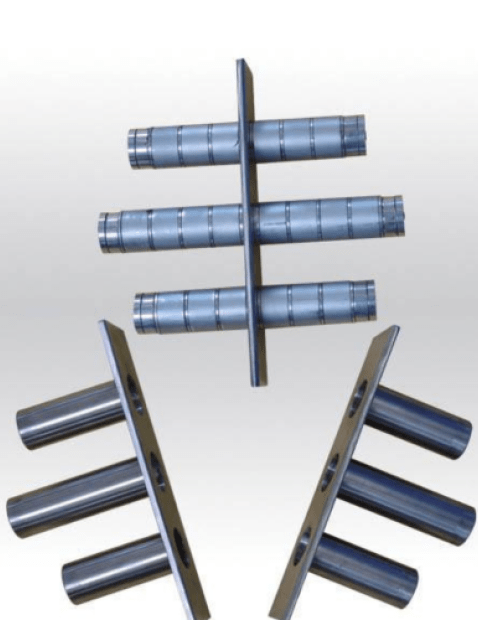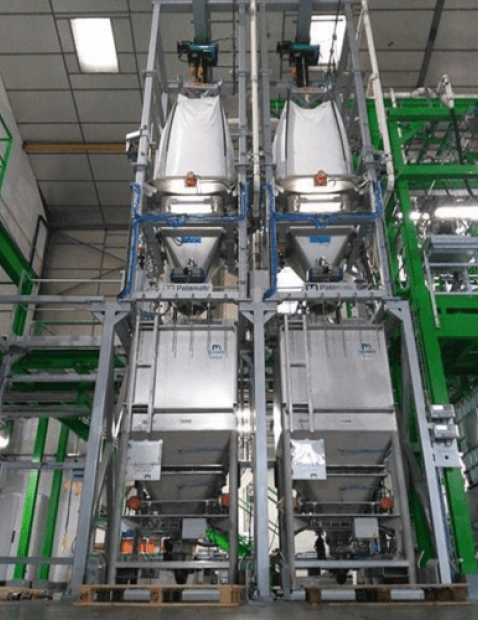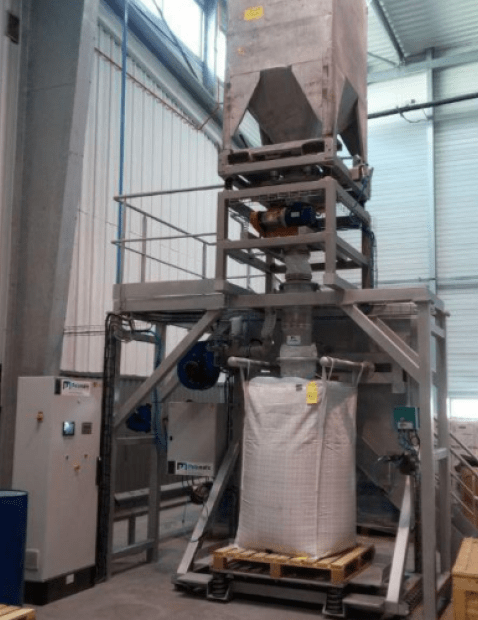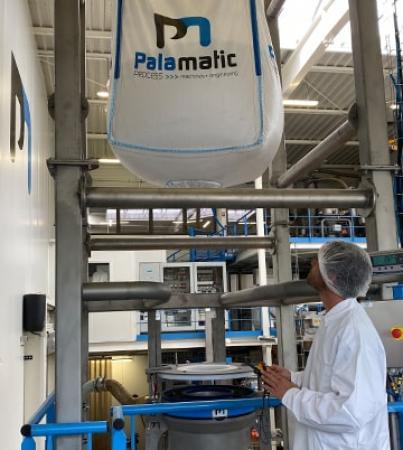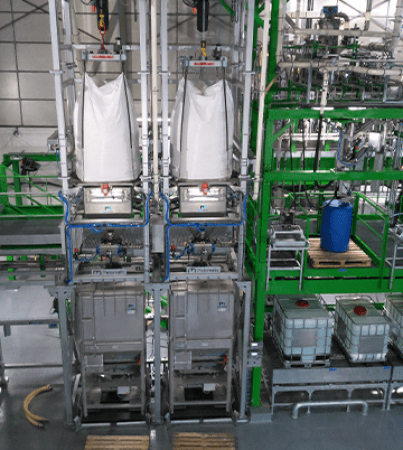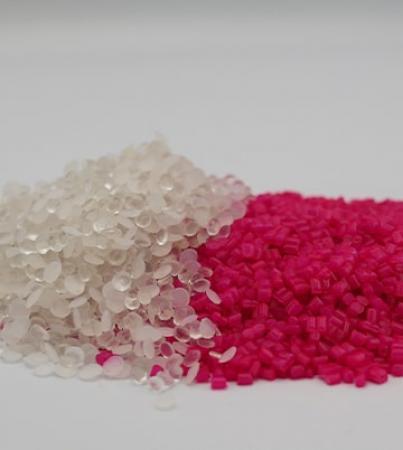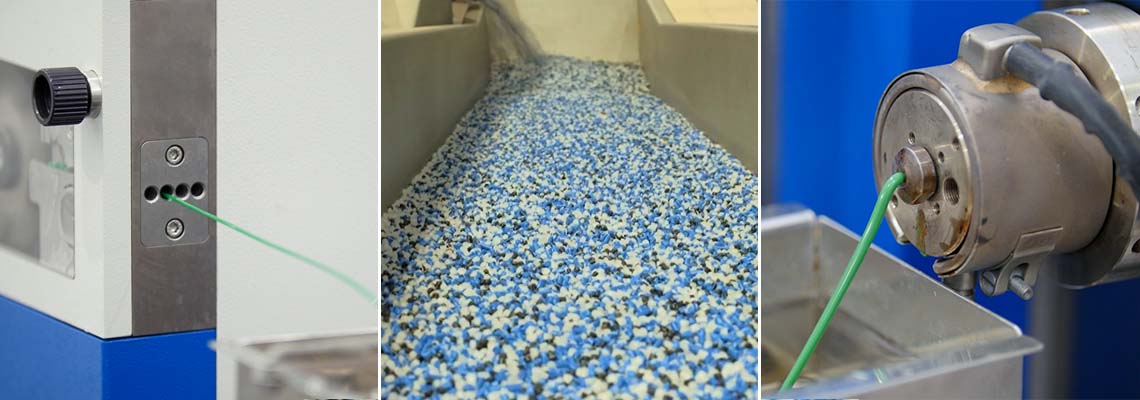
Plastic compounding is an extrusion process that adds additional materials to a molten plastic base to produce a final material with specific qualities.
1. Composition of the compound
Polyethylene and polypropylene are the two most commonly used base polymers in the plastic preparation process. Modifiers can be added to these base polymers in the form of powder or small pellets. Additives and transformers can give plastic color, texture, strength, etc. A manufacturer can incorporate one or more additives into the base material during the process. The dosing of raw materials is therefore an essential step in compound installations.
This step can be carried out using dosing equipment such as: screw feeders, vibrating feeders, rotary valves, etc.
2. The different stages of process
Although the process is different at each plant depending on the product being produced, plastic compounding generally involves several basic steps. Additives in the form of pellets, flakes or powders are conveyed to a container made of molten plastic material. This transfer step can be carried out via pneumatic conveying systems or mechanical transfer screws.
The preparation goes through a number of mixing and dispersing steps to incorporate these additives into the base material and obtain a homogeneous final product.

You work in the compound sector and have a handling project?
I am available to discuss the subject.
Guillaume, powder expert
3. What is the extrusion phase?
Once all the processing steps have been completed the prepared dry-blend is transferred to an extruder, which ensures the softening and compression of the material, and is pressed towards a perforated plate-type die outlet.
The small "noodle-like" strands are formed and cut to produce pellets, which are then cooled before packaging. Pellets can be bulk packed in 25 kg bags, big bags or in octabins and then placed on a pallet. The extruder is capable of continuous production of various profiles whose shape depends on the die through which the compound is extruded. This transformation process allows an infinite number of applications in many sectors of activity.
These pellets or granules are then packaged for distribution or sale.
Bulk material handling equipment can be used downstream of the line: super sack filling stations or bag filling stations.
Find our process lines dedicated to the compound industry and examples of installations in the plastics industry.














